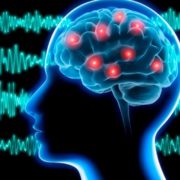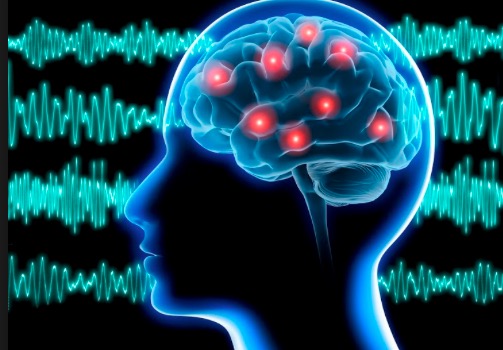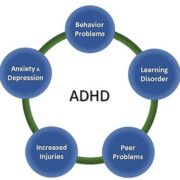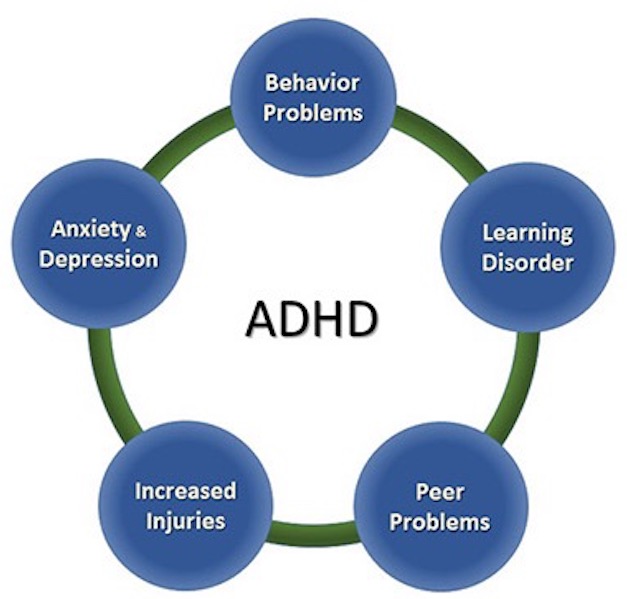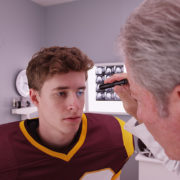Tackling Brain Fog From Long COVID
Tackling Brain Fog From Long COVID
Tackling Brain Fog From Long COVID

Suffering from COVID infection is an unpleasant experience in itself. But what can make this experience worse is the possible “brain fog” after one’s initial recovery.
Many patients report that after recovering from COVID, they start to experience certain symptoms that medical experts refer to as “Long COVID” or Post-COVID Syndrome—and these symptoms may include cognitive problems that we commonly known as brain fog. So, let’s dig a bit deeper into this topic!
What Is Brain Fog?
Brain fog refers to various symptoms that negatively affect an individual’s thinking ability. It is not specifically a medical condition but a general term that refers to multiple signs of impaired thinking abilities.
How to Improve Brain Fog
Although brain fog can be concerning, there are many ways to help individuals who suffer from its symptoms. Below are some tips on how to improve brain fog.
1. Minimize Nicotine and Alcohol Consumption
Nicotine and alcohol are known to have detrimental effects on the brain. Hence, individuals who continue to consume these substances while experiencing brain fog will have a much more difficult time recovering from it.
2. Eat a Healthy Diet
Studies show that nutritional deficiencies can result in individuals experiencing symptoms similar to brain fog.
Some essential vitamins, such as Vitamins D and B12, play huge roles in our brain’s functions. Hence, deficiency in these vitamins can result in poor memory and impaired cognitive function, which are some symptoms that occur alongside brain fog.
Some nutrients that also contribute to our brain functions include vitamin C, magnesium, and omega-3 fatty acids. Deficiency in any of these could result in “brain fog” like symptoms.
3. Manage Your Stress
Another possible cause of brain fog is stress. Although experiencing stress does not automatically result in cognitive impairment, chronic stress can trigger mental fatigue and depression. Using relaxation techniques, such as deep breathing or meditation, may help reduce stress in your life and thus, reduce brain fog.
4. Check for Other Medical Conditions
While the aforementioned conditions are possible contributors to brain fog, it’s also possible that you’re experiencing a different medical condition altogether.
Other medical conditions that can cause brain fog or symptoms similar to brain fog include:
- Anemia
- Diabetes
- Migraine
- Alzheimer’s disease
- Autoimmune diseases (e.g., lupus, multiple sclerosis)
If you have any other symptoms, along with brain fog, it’s always important to consult with your doctor to ensure you are getting the best treatment and care possible.
5. Seek Professional Help
Lastly, if you’re doing your best to recover from brain fog but still experiencing symptoms, then it’s time to start seeking professional help. Our team at Pathways Neuropsychology Associates is proud to offer neuropsychological rehabilitation and treatment, helping individuals cope and manage brain fog associated with Long COVID. Contact us today to schedule your appointment.
.flex_column.av-av_one_full-d3e509f4637007bf756d5d5b286252b3{
border-width:2px;
border-color:#d9d9d9;
border-style:solid;
-webkit-border-radius:0px 0px 0px 0px;
-moz-border-radius:0px 0px 0px 0px;
border-radius:0px 0px 0px 0px;
padding:20px 20px 20px 20px;
background-color:#f8f8f8;
}
The post Tackling Brain Fog From Long COVID appeared first on Pathways Neuropsychology Associates.
Source: Pathways Neuropsychology
Tackling Brain Fog From Long COVID



